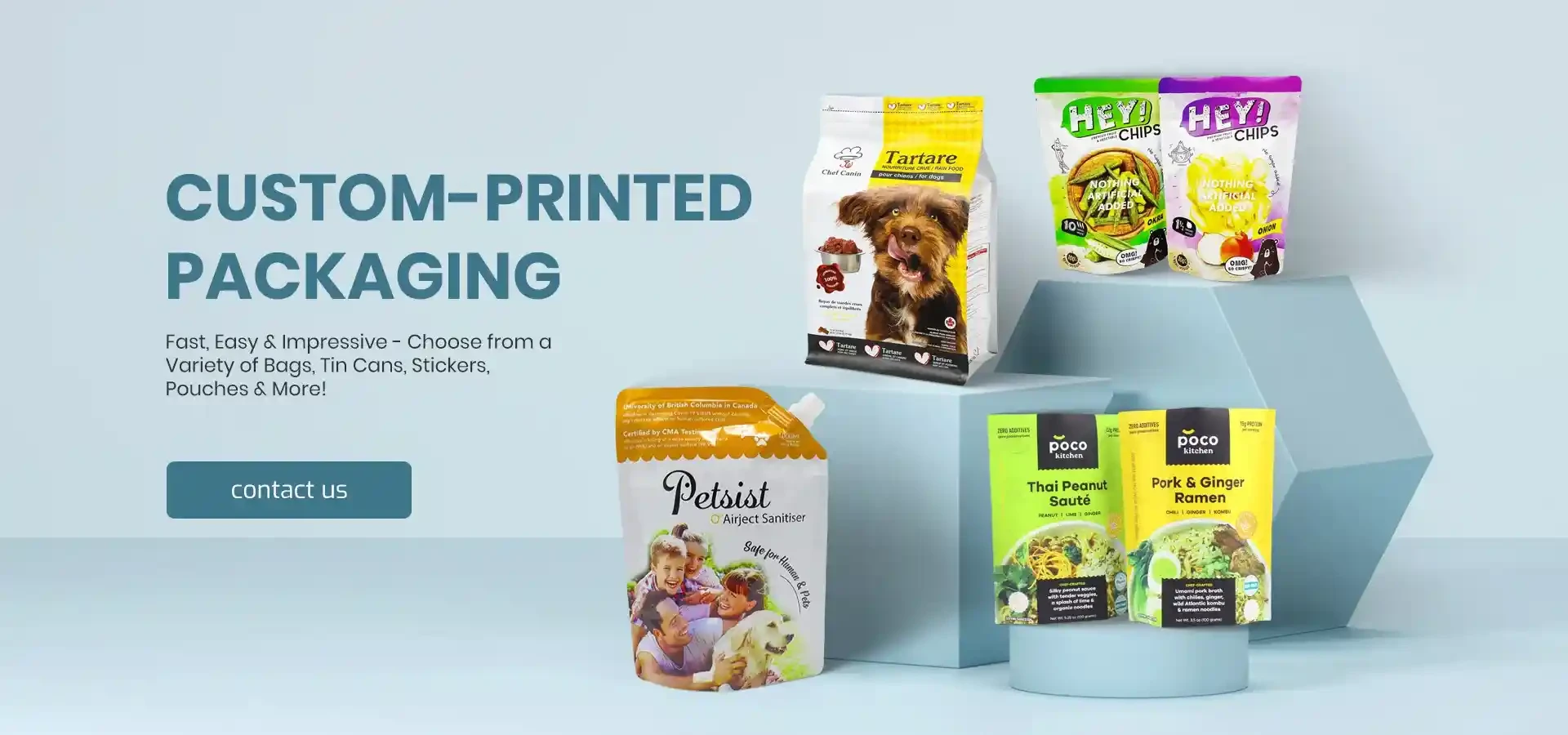- Afrikaans
- Albanian
- Amharic
- Arabic
- Armenian
- Azerbaijani
- Basque
- Belarusian
- Bengali
- Bosnian
- Bulgarian
- Catalan
- Cebuano
- chinese_simplified
- chinese_traditional
- Corsican
- Croatian
- Czech
- Danish
- Dutch
- English
- Esperanto
- Estonian
- Finnish
- French
- Frisian
- Galician
- Georgian
- German
- Greek
- Gujarati
- haitian_creole
- hausa
- hawaiian
- Hebrew
- Hindi
- Miao
- Hungarian
- Icelandic
- igbo
- Indonesian
- irish
- Italian
- Japanese
- Javanese
- Kannada
- kazakh
- Khmer
- Rwandese
- Korean
- Kurdish
- Kyrgyz
- Lao
- Latin
- Latvian
- Lithuanian
- Luxembourgish
- Macedonian
- Malgashi
- Malay
- Malayalam
- Maltese
- Maori
- Marathi
- Mongolian
- Myanmar
- Nepali
- Norwegian
- Norwegian
- Occitan
- Pashto
- Persian
- Polish
- Portuguese
- Punjabi
- Romanian
- Russian
- Samoan
- scottish-gaelic
- Serbian
- Sesotho
- Shona
- Sindhi
- Sinhala
- Slovak
- Slovenian
- Somali
- Spanish
- Sundanese
- Swahili
- Swedish
- Tagalog
- Tajik
- Tamil
- Tatar
- Telugu
- Thai
- Turkish
- Turkmen
- Ukrainian
- Urdu
- Uighur
- Uzbek
- Vietnamese
- Welsh
- Bantu
- Yiddish
- Yoruba
- Zulu
liquid fillers
Understanding Liquid Fillers Applications and Benefits
Liquid fillers have become increasingly popular in various industries, including cosmetics, pharmaceuticals, and food and beverages. These versatile components serve multiple purposes, from enhancing product appearance to improving functional attributes. This article delves into the nature of liquid fillers, their applications across different sectors, and the benefits they offer.
What Are Liquid Fillers?
Liquid fillers are materials added to products to either enhance their volume or improve their characteristics. Typically, they are in liquid form and can include substances such as water, oils, and various chemical compounds. The primary aim of using liquid fillers is to achieve the desired product consistency, texture, and stability without compromising the overall quality.
Applications Across Industries
1. Cosmetics and Personal Care In the beauty industry, liquid fillers play a crucial role in formulations. They can be used in skincare products to provide hydration, in foundations to achieve a smooth finish, and in lip products to create a plumping effect. Common liquid fillers in cosmetics include hyaluronic acid, glycerin, and silicones. These ingredients not only improve the appearance but also enhance the skin’s barrier function.
2. Pharmaceuticals Liquid fillers are essential in the pharmaceutical industry, where they are used in the formulation of drugs. They can be incorporated into syrups, injectables, and even capsules. In this context, liquid fillers help in delivering active pharmaceutical ingredients (APIs) effectively, ensuring the right dosage and enhancing the stability and absorption of the medication. Examples include propylene glycol and polyethylene glycol, which are often used to ensure the desired fluidity and consistency.
3. Food and Beverage In the food sector, liquid fillers are employed to enhance product texture, flavor, and volume. Common examples include water and oils that improve mouthfeel in sauces, dressings, and baked goods. Moreover, liquid fillers can help in maintaining the shelf life of products by preventing spoilage and degradation. Ingredients like high-fructose corn syrup or vegetable glycerin can provide sweetness and moisture retention.
4. Industrial Applications Beyond consumer products, liquid fillers are also used in industrial applications. For instance, in construction, liquid fillers can be used in sealants and adhesives to improve workability and bonding strength. They play an essential role in ensuring that products meet performance standards and durability requirements.
liquid fillers

Benefits of Using Liquid Fillers
Incorporating liquid fillers offers several advantages across various applications
- Enhanced Product Texture Liquid fillers can improve the texture, making products smoother, creamier, or more appealing to consumers. This is particularly important in cosmetics and food formulations.
- Cost Efficiency By using liquid fillers, manufacturers can optimize their formulations to be more cost-effective while maintaining quality. This is especially beneficial in large-scale production where every cent counts.
- Improved Product Stability Liquid fillers can enhance the stability of a product, ensuring that it maintains its desired characteristics over time. This is crucial in both pharmaceuticals and food products, where efficacy and safety are paramount.
- Versatility Liquid fillers come in various forms and can be customized based on specific needs. This versatility allows manufacturers to create unique products tailored to consumer preferences.
- Sustainability As industries move toward more sustainable practices, many liquid fillers can be derived from natural sources, providing eco-friendly alternatives that appeal to environmentally conscious consumers.
Conclusion
Liquid fillers serve as vital components in numerous industries, contributing to product quality, stability, and consumer satisfaction. Their diverse applications and numerous benefits make them indispensable in modern manufacturing processes. As technology and formulations continue to evolve, the role of liquid fillers will likely expand, leading to even more innovative solutions in the marketplace.













